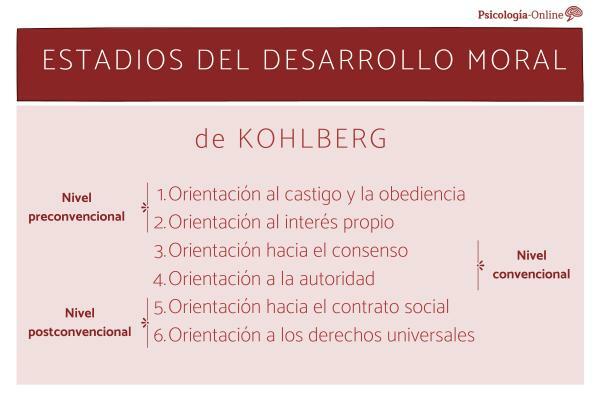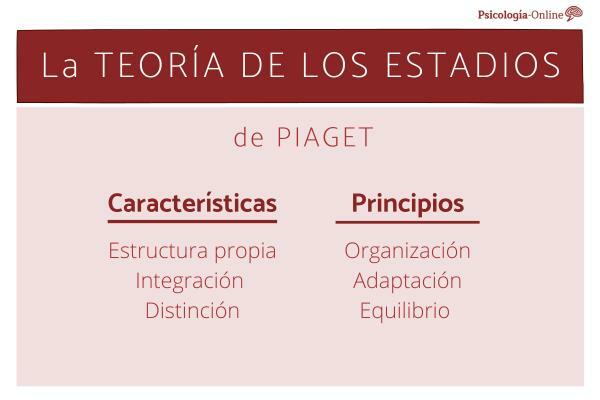
The block technique consists of grouping the subject in blocks based on the score obtained in a strange variable closely related to the dependent variable or in the dependent variable itself. That is, the subjects of one block are all similar to each other and different from the subjects of another block. Each block must have a number of subjects equal to or a multiple of the number of experimental conditions in order for their presence to be the same in each experimental condition. It is advisable, although not essential, that all blocks have the same number of subjects.
The block designs use for the formation of the groups the score obtained by the subjects in a strange variable closely related to the dependent variable. This variable is called a lock variable. Once the blocks of subjects with similar scores on the locked variable have been formed, the same number of subjects from each of the blocks is randomly assigned to the different experimental groups or conditions. Thus, the equivalence of the groups is ensured.
Random block designs can be: Complete, when each block is an exact replica of the experiment, since within each block all levels of the variable are administered Independent. Incomplete, which are used when there is a high number of treatments and a small number of subjects within each block. In this case, only some conditions can be applied within each block, instead of all treatments. Random block (BA) designs use only one blocking variable and one or more independent variables.
The number of groups can be two or more. Below we have the symbolic representation of the unifactorial design (a VI) of random blocks with three groups: two experimental and one control.
The process that we have to follow is the following: We measure the blocking variable in all the subjects of the sample and decide, in depending on the variability of the scores and the problem that we are investigating, the number of blocks that we are going to to form. The greater the variability of the scores, the greater the number of blocks has to be. Once the blocks were formed, we randomly assigned the same number of subjects from each block to each experimental group, eliminating the remaining subjects at random.
We perform the statistical analysis of the results using a difference of measures (if we only have two experimental conditions) or an ANOVA when we have more than two treatments. We interpret the results, draw conclusions, generalize them and write the research report. This design has greater internal validity and less external validity than the random group design.

Once the blocks are formed, the same number of subjects from each block are randomly assigned to the different groups or conditions. The objective of randomly assigning the subjects of each block to the groups is that the rest of the extraneous variables of the subjects that have not been blocked are distributed equally in all groups and in this way do not contaminate the results of the experiment. With this technique, the secondary systematic variance is controlled and the error variance is reduced.
That is, the intergroup variance before applying the treatment and, therefore, the difference found between the groups after the treatment will be due to its effect, provided that the appropriate control of the rest of the variables has been used foreign. The variable used to form the blocks is called the blocking variable (VB) and it is essential that there be very high correlations with the dependent variable. The initial measure of the dependent variable is the best criterion for forming the blocks. To see if there is a correlation between this variable and the dependent variable, previous studies can be consulted in which both variables are have correlated or carry out a pilot study in which measurements of the two variables are taken and the correlation between them is calculated. The blocking variable differs from the pretreatment measure in that it is measured before the formation of the groups and its objective is to be able to ensure their equivalence. However, the pretreatment measure is taken from the subjects when the groups are already formed and its purpose is to verify that they are equivalent.
The advantage The main reason for this block technique compared to the randomization technique is that the experimental groups are initially more homogeneous with each other than if they had been formed at random, therefore the internal validity is greater in the designs of blocks. The drawback The main part of the block designs is the low external validity they have due to the number of subjects that must be eliminated for not fitting within any block and to the possible sensitivity of the subjects to the previous measure of the dependent variable when it is taken as a variable of blocking. The blocking technique gives rise, depending on the number of variables blocked, to the following designs:
- Random block designs, when a variable is locked
- Paired group designs, in which the blocking variable is called the matching variable (VA).
- Latin square layouts, when two variables are locked
- Greco-Latin square designs, when two or three variables are blocked.
In all these designs there may be a independent variable one-factor designs or more than one independent variable (factorial designs) and two or more groups of subjects, all or one of the experimental groups being control or placebo control.
This article is merely informative, in Psychology-Online we do not have the power to make a diagnosis or recommend a treatment. We invite you to go to a psychologist to treat your particular case.


